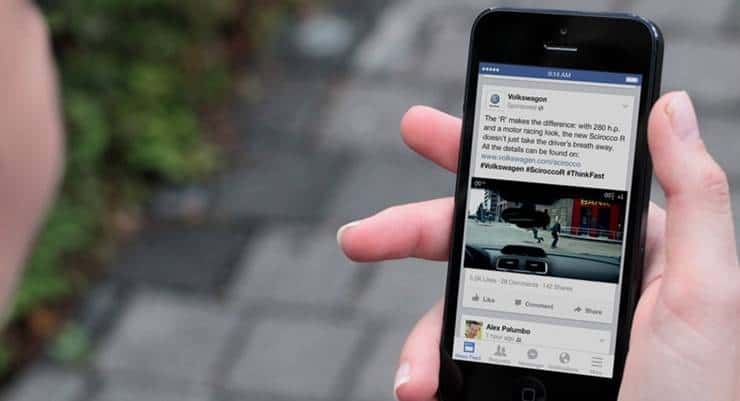Voice and text have long been the de-facto methods of communication over mobile networks. There seemed to be nothing much beyond talking and texting that users can do to share all that they want to tell others over their mobile devices. This however, has changed drastically over the last 3-4 years. The advent of digital content and the timely transition of mobile networks to IP-based networks saw mobile users, specifically the younger generation, using new communication languages. In the place of a two line text-message or a 5 minutes 'just called to say I am on the way' voice call, came never seen before genre of communication content - what is referred to as 'visual content'. Digital photos and videos, along with the popular emoticons, stickers, memes and custom cartoons strips (such as Bitstrips) made up a whole new way people started sharing information, messages and emotions across a wide range of applications, especially across Over-the-Top Apps (OTTs) that boast the ability to upload and share these content types at any time and from any place.
The appeal of visual content lies in the fact that it transcends language and literacy barriers, and forms a universal language that anyone can communicate in. For a lot of OTT providers, the use of visual language presented the perfect opportunity to sign up and serve new groups of customers who have now discovered perfect tools to communicate and express themselves.
According to a recent blog post by Facebook IQ, Facebook's arm for research and analytics, more than 350 million photos are being uploaded daily to Facebook while the number of stickers shared daily soared 75% from 2013 to 2014. At the same time, the social media giant averaged more than 1 billion video views daily in the second half of last year with 65% of the video views taking place on mobile devices. Facebook IQ said that users started posting 75% more videos than they did in the past and there are 3.6 times more videos appearing on Facebook News Feeds now compared to a year ago. The shift towards the use of visual language is why the likes of Instagram is seeing more than 300 million people posting more than 70 million photos and videos each day, according to Facebook IQ.
For the older generation, the use of visual content in the place of a simple voice call and a text message may seem a little perplexing but for the digital generation, ability to click on an emoticon that helps them to relate their state of being and communicate what they want to say in a matter of seconds is truly an added value for the communication service they subscribe to. At the same time, newer smartphones that are able to display videos, photos, stickers and other rich content over large displays in HD quality, the availability of many visual content generating applications, the widespread use of OTT messaging/sharing applications such as Whatsapp, Line and Facebook and the advent of real-time rich communication services(RCS) from Operators (starting with some recent launches of VoLTE and VoWiFi services) are coming together to push the use of visual communications to another level.
How will the rise of visual communications benefit operators? If any, it is the OTT players who are most likely to benefit from its rise - from selling stickers and emoticons to collecting advertisement dollars from sponsored videos and image posts. Operators, surprisingly, may actually have a bigger value proposition in the visual communications market. Operators' informational advantages will enable them to 'serve' users visual content more contextually and via multiple-channels, without having to depend on a single application. Infact, the application-less attribute of Operators' service allows visual communications to go beyond in-app sharing, enabling anyone on the network to stay connected and updated with each other in a more engaging manner. Visual communications hence present new growth opportunities for Operators and for monetization of these in short and medium term, Operators can:
1. Start selling the visual content just like how the OTTs do it - emoticons, stickers, short videos, animated cards;
2. Deploy sponsored data platforms that will enable merchants to sponsor the usage of data in exchange for more views and engagement on their promotional visual content;
3. Work with mobile advertising platforms to push video and visual content via in-app adverts, in-browser notifications, customer portal/landing pages etc
For longer form video content (more than 10 minutes), Operators can:
4. Bundle popular OTT video services for example, Netflix videos on promotional rates as part of their mobile data packages
5. Deploy their own white label OTT video services enabling users to share local content leveraging operator content delivery networks and; position this service for video discovery where digital content providers(TV channels, movie studios etc) can advertise or host their videos on the OTT video service as means to 'get discovered' by users. (According to Facebook IQ, 76% of people in the US who use Facebook say they tend to discover the videos they watch via their Facebook NewsFeed.)




















